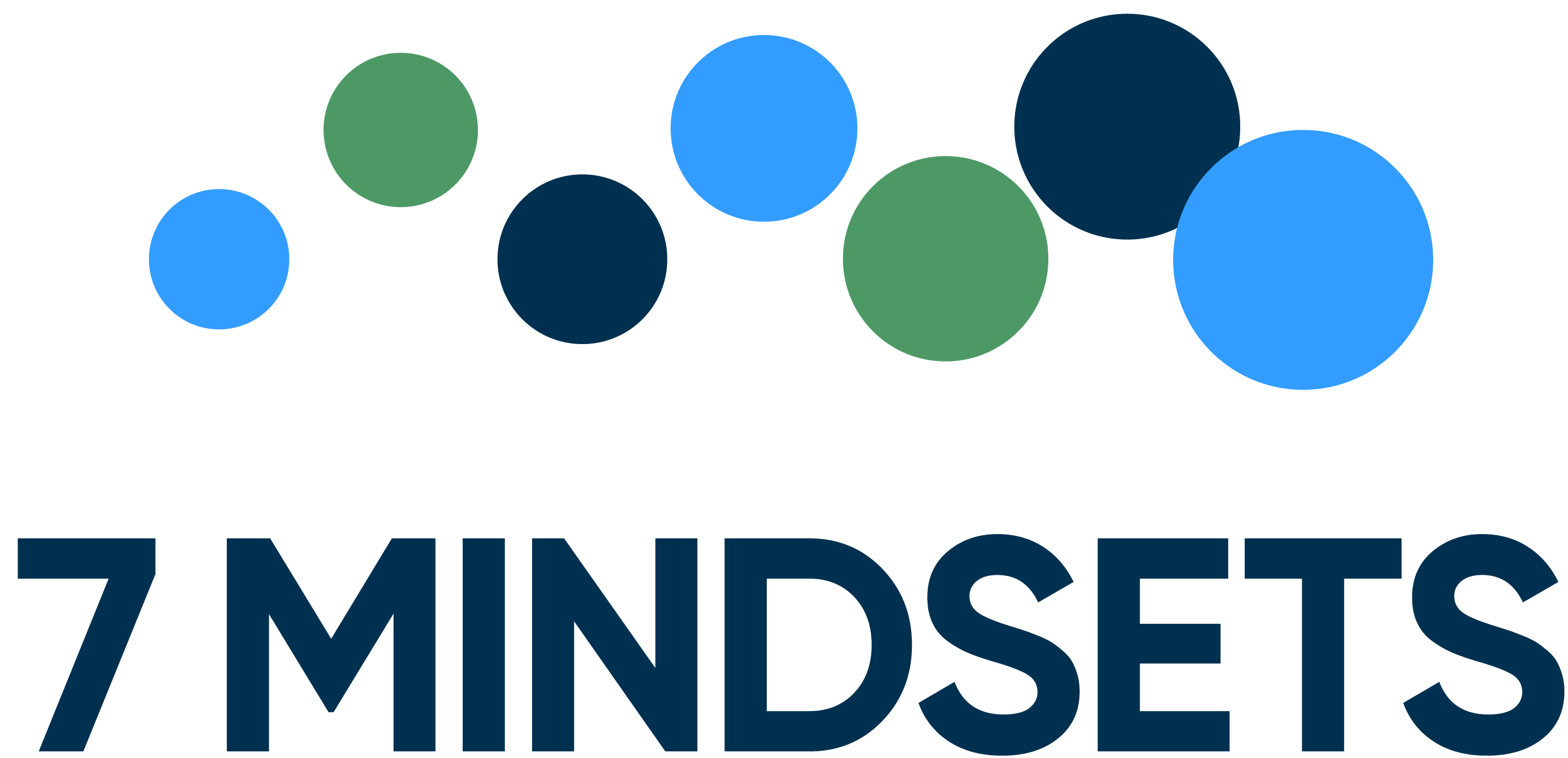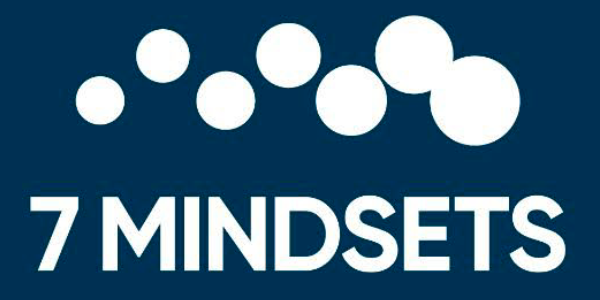
by Kirk Jones, former middle school principal with Ayersville Local School (Ohio)
In June 2019, the state of Ohio rolled out social and emotional learning (SEL) standards. During the first year, meeting them was not a requirement, but their introduction was an eye-opener for many districts. At Ayersville, where I served as the middle school principal, it was just business as usual, because we’d been meeting and even exceeding the new standards for years.
Here’s what our approach to SEL looked like.
Why SEL?
When we first decided to adopt an SEL curriculum, we received a bit of pushback from our school community along the lines of, “This is stuff that should be taught at home.”
But the simple fact of the matter is that these skills were not being taught in the home, at least not adequately. Students’ family members didn’t receive any SEL instruction themselves, after all. Beyond that, educators are not merely teachers of content. We have a responsibility to prepare our students for the real world, and that includes teaching life skills and social-emotional skills.
Skills like managing our emotions, developing healthy relationships, and setting goals are the foundational components that set up students to better learn more traditional academic content. Learning long division or writing a book report is nearly impossible for someone who can’t manage emotions or set goals, and we all know that students learn better when they have healthy relationships with their teachers and peers. A lot of people refer to social-emotional skills as “soft skills,” but I think they should instead be called “essential skills.” I often argue that they are as important as traditional academic content—if not more important.
Choosing Standards-Aligned Curricula
The biggest challenge districts faced in providing standards-aligned SEL curricula was the lack of resources. In Ayersville, we barely used textbooks or formal teaching guides in core content areas because of the many wonderful open educational resources (OERs) and supplemental materials that were available.
That was not the case with SEL. In 2019 and still today, schools and districts have to choose an SEL curriculum that meets their state standards and is also interactive and user-friendly. For us, that was 7 Mindsets. We were in our fourth year with the 7 Mindsets curriculum when Ohio published its SEL standards, and I decided to look into how well our curriculum aligned to those standards. The alignment was pretty much perfect.
Earning Teacher Buy-in
Begin creating a new mindset in your own districts immediately. We did that at Ayersville by starting slowly but making it very clear that SEL was not a passing fad.
We spent half a year just piloting 7 Mindsets and getting teacher buy-in. You have to take baby steps, especially if it’s completely new to the staff. The hardest sell was to the folks who thought of themselves as being content specialists, especially at the high school level. When we asked those teachers to take time out of their algebra or biology class to spend 10 minutes on relationship-building, for example, we got some pushback.
Educating teachers about the importance of SEL and how it affects the academic side of school was really important in those early days of implementation. One way we continued to do that was by building relationships with other school districts that had implemented SEL or were in the process of making it a priority.
Even as we went slowly, however, it had to be clear that we were making a long-term organizational commitment to SEL. We were fortunate in that our superintendent was supportive from the beginning. He not only allowed us to run with it but helped to ensure it was included in the district’s five-year strategic plan.
All of this came together to create powerful buy-in from our students almost immediately. As a K–12 building, when our administrative team partnered on bringing SEL to Ayersville, it became a K–12 initiative.
Inspiring Students to Turn Thought into Action
After the first year, we knew we needed to be able to recognize our students for displaying what we have termed “7 Mindset behavior.” This led to the creation of our Instilling Mindsets, Promoting Academics, and Celebrating Talents (IMPACT) program, which still exists today.
The IMPACT program was—and still is—all about recognizing students who demonstrate learning objectives from the 7 Mindsets curriculum. With younger students, it was often something as simple as a student picking up a piece of trash from the floor of the cafeteria. For the older students, it was bigger things, such as stepping into a situation where a peer was being picked on. We recognized these behaviors on the morning announcements, we gave them a certificate, and we made a positive phone call home.
That last piece of recognition did so much to improve relations with family members and build community. Every day I got to call parents with positive news, which is not an opportunity that principals often have if they don’t create it themselves.
The warm feelings generated by the curriculum and the IMPACT program were real. I don’t think they should be overlooked, but these initiatives had more concrete results as well. After launching these programs, we saw decreases in disciplinary issues and behavior referrals. We also saw improvement in our state scores. I may not be able to draw a direct line from SEL to those scores, but I believe it was a contributing factor.
We have a responsibility to prepare these students for academic success and the world beyond. That must begin with a foundation of social and emotional skills.



